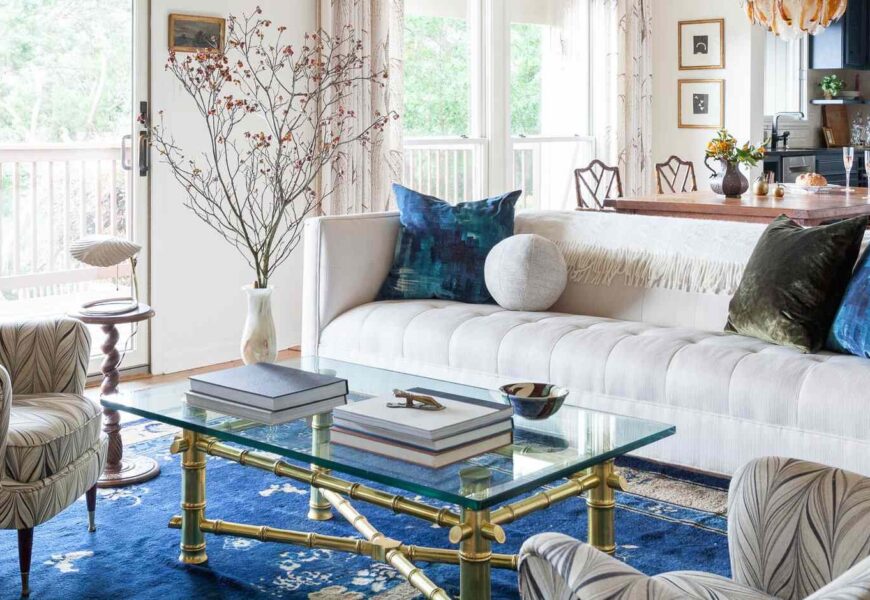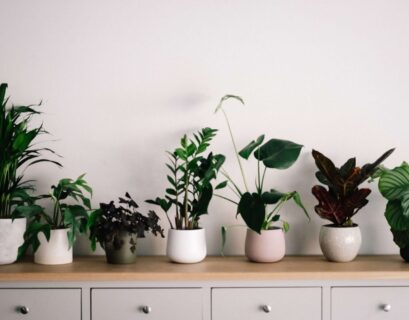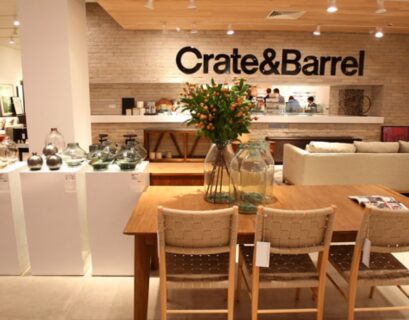Creating a visually interesting and cohesive home can sometimes feel like a daunting task, especially when it comes to mixing and matching textures and patterns. However, when done right, this approach can add depth, personality, and warmth to any space. Here’s a guide on how to effectively mix and match textures and patterns to elevate your home décor.
Understanding Textures and Patterns
- Textures: Texture refers to the surface quality of a material—how it feels and looks. Textures can be soft, rough, smooth, shiny, or matte. Incorporating a variety of textures in your décor adds tactile interest and creates a multi-dimensional space.
- Patterns: Patterns are repetitive designs or motifs on a surface. They can range from geometric shapes and stripes to florals and abstract designs. Patterns add visual interest and can help define the style of a room.
Why Mix and Match?
- Adds Depth and Dimension: Combining different textures and patterns creates layers within your décor, making the space feel more dynamic and engaging.
- Showcases Personality: Mixing textures and patterns allows you to express your personal style and make your home unique.
- Creates Focal Points: Strategically placing different textures and patterns can draw attention to specific areas or features in a room.
- Enhances Cohesion: When done thoughtfully, mixing textures and patterns can tie together various elements in a room, creating a harmonious look.
Tips for Mixing Textures and Patterns
- Start with a Neutral Base Begin with a neutral color palette for your larger pieces, such as walls, sofas, and flooring. This provides a versatile backdrop that allows you to layer in textures and patterns without overwhelming the space.
- Choose a Color Scheme Select a color scheme to guide your pattern and texture choices. This helps ensure that different elements complement each other. You can opt for monochromatic tones for a subtle look or contrasting colors for a bolder statement.
- Vary the Scale Mix patterns of different scales to create balance. Pairing large patterns with smaller ones prevents the space from feeling too busy. For instance, combine a large floral print with a small geometric pattern to achieve a harmonious look.
- Layer Textures Combine different textures to add depth and interest. For example, mix a smooth leather sofa with a chunky knit throw, a plush velvet pillow, and a wooden coffee table. This variety keeps the eye moving and creates a rich, layered effect.
- Mix Patterns Sparingly Start with a dominant pattern and then add secondary patterns to complement it. Ensure that not all elements compete for attention. For instance, use a bold patterned rug as the focal point and add subtle patterned cushions or curtains to complement it.
- Consider Balance and Contrast Balance heavy and light textures to avoid overwhelming the room. For example, pair a thick wool rug with sleek metal furniture or a soft linen sofa with a glass coffee table. This contrast creates a balanced and inviting atmosphere.
- Use Patterned Accents Introduce patterns through accents such as throw pillows, curtains, rugs, and artwork. These elements are easy to swap out if you want to update your look. For example, a patterned rug can anchor the room, while patterned pillows can tie the look together.
- Stay True to Your Style While it’s fun to experiment, make sure the textures and patterns you choose align with your overall style. Whether your aesthetic is modern, bohemian, traditional, or eclectic, there are ways to incorporate mixed textures and patterns that enhance your space.
Room-by-Room Guide
- Living Room:
- Textures: Combine a leather sofa with a wool throw, a velvet armchair, and a wooden coffee table.
- Patterns: Add patterned throw pillows and a geometric rug to introduce visual interest.
- Bedroom:
- Textures: Layer your bed with a cotton duvet, a knitted blanket, and silk or velvet pillows.
- Patterns: Use a patterned duvet cover or bedspread as a statement piece and complement it with subtle patterned curtains or a rug.
- Dining Room:
- Textures: Mix a wooden dining table with metal chairs, linen tablecloths, and glass accessories.
- Patterns: Incorporate patterned placemats or a table runner and mix with textured napkins.
- Home Office:
- Textures: Pair a sleek desk with a textured rug, leather chair, and metal lamp.
- Patterns: Use patterned wall art or a patterned chair cushion to add interest without overwhelming the space.
Conclusion
Mixing and matching textures and patterns can transform your home into a stylish, inviting space full of personality and depth. By following these tips and starting with a neutral base, you can create a cohesive and visually appealing décor that reflects your unique style. Don’t be afraid to experiment and enjoy the process of making your home a beautiful and dynamic place to live.











